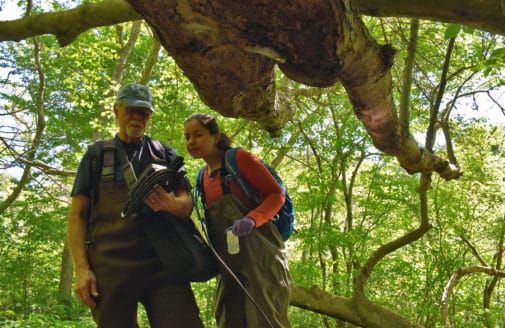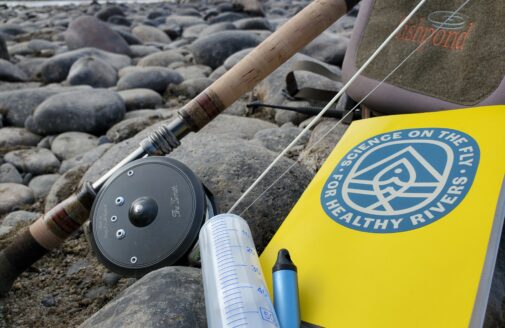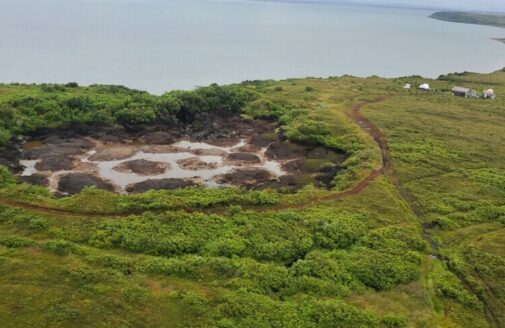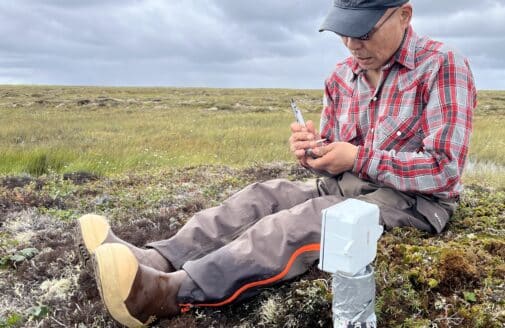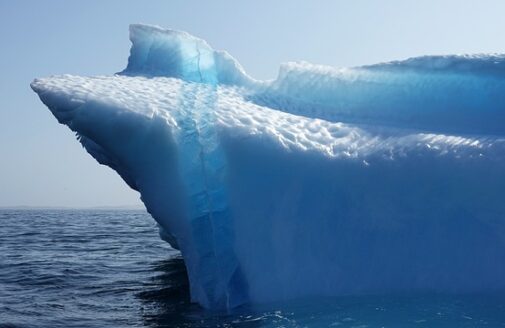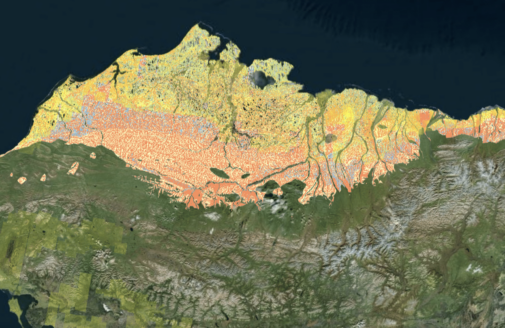Complex trends in river chemistry paint picture of cumulative climate effects
Comprehensive study shows diverse chemical changes in key rivers, indicating multifaceted climate influences
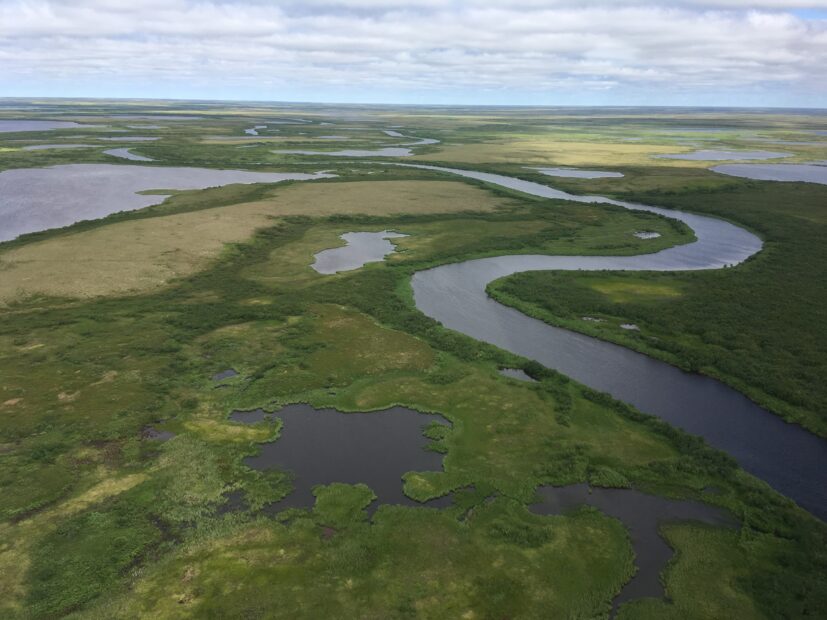
Tributary of the Yukon River in Alaska.
photo by Anya Suslova
Climate change is having profound effects on the chemical composition of large Arctic rivers, signaling changes both on land and in the coastal ocean, according to new international research examining chemical signatures in rivers across Canada, Alaska and Russia.
The study, the result of a two-decade effort by the Arctic Great Rivers Observatory, analyzed nearly twenty years of water chemistry and discharge data collected from six rivers that comprise 60 percent of the Arctic Ocean watershed.
The international scientific collaboration tracked river water ions, key nutrients and dissolved organic carbon among other metrics. Chemical concentrations changed substantially over the past two decades, but trends across chemical groups were different with some increasing, some decreasing, and some showing little change.
“The only way that this divergence in trends is possible is if multiple factors of change are being brought to bear on the Arctic system at the same time,” says Woodwell Research Assistant, Anya Suslova and co-author on the paper. “We know that permafrost is thawing, vegetation is changing and moving northward, and processing of nutrients and organic matter may be happening more quickly. Global climate change appears to be causing many systems that are critical for ecosystem function to change at the same time—and that change is showing up in the chemical composition of river water.”
Key nutrients observed in river water are declining, according to the study. This trend suggests warming temperatures are increasing biological uptake of nutrients on land or in aquatic ecosystems, leading to an overall decrease despite factors like wildfire and permafrost thaw releasing more nutrients into the waterways.
ArcticGRO represents a partnership between researchers at Woodwell Climate Research Center, University of Alberta, the Marine Biological Laboratory, Florida State University, and the University of New Hampshire, as well as scientific and community collaborators in Siberia and the North American Arctic.
“The success of this study is largely due to its collaborative nature,” says Dr. Max Holmes, Woodwell Climate President and CEO, and founder of the ArcticGRO project. “Without the dedication of scientists and community members across the Arctic, we never would have been able to generate the comprehensive dataset that allowed us to uncover these insights.”
Because trends in river water chemistry are not always acting in the same direction, Holmes and Suslova say the study will help give scientists a blueprint for thinking about how Arctic change will play out.




